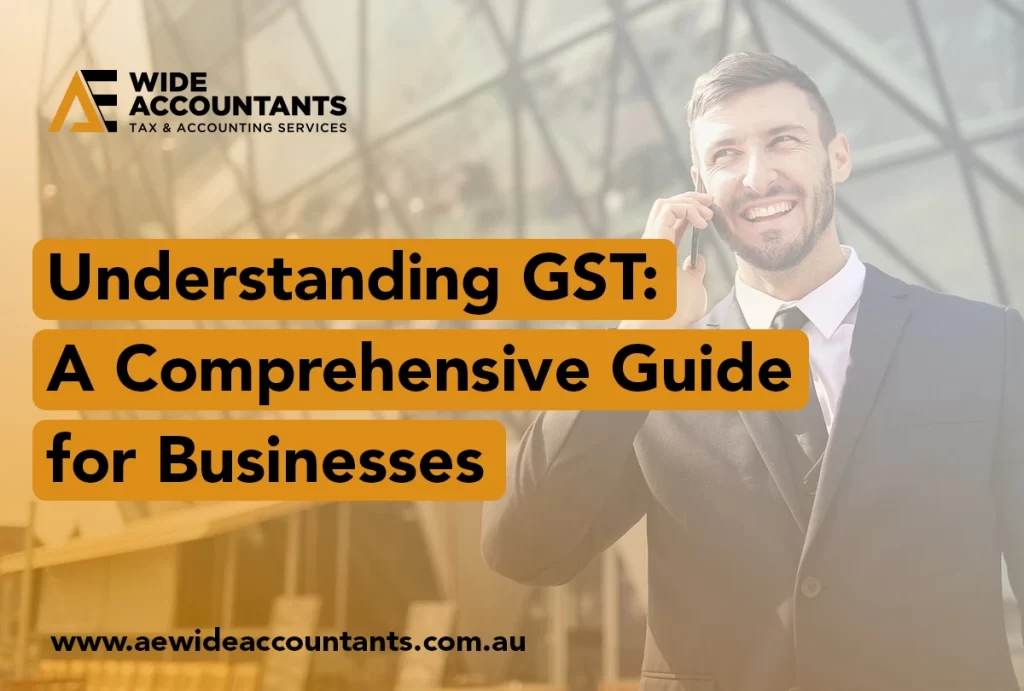
Understanding the Goods and Services Tax (GST) is crucial when managing your business finances. GST has been a core component of the tax landscape in Australia since it was introduced in July 2000. While the concept might appear straightforward, its practical application can be complex, impacting various aspects of business operations.
This blog post aims to provide you with a comprehensive understanding of GST in Australia. At AE Wide Accountants, we’re committed to informing you on the tax framework and its implications for your business.
Disclaimer: This blog post is for informational purposes only and should not be considered financial or legal advice.
What is GST?
GST is a value-added tax levied on most goods, services, and consumables. In Australia, the standard GST rate is 10%. Businesses collect this tax from their customers and remit it to the Australian Taxation Office (ATO).
Who Needs to Register for GST?
Businesses with an annual turnover of $75,000 or more must register for GST. For non-profit organisations, the threshold is $150,000. If you’re below the threshold, registering for GST is optional but could be beneficial depending on your circumstances.
How Does GST Work?
When a business sells a product or service, it adds GST to the sale price. This collected amount is held until it is time to complete a Business Activity Statement (BAS), where the business reports its earnings and the GST collected. The business then remits the accumulated GST to the ATO.
At the same time, businesses can claim Input Tax Credits for the GST included in the price of goods and services purchased for business use. This means you can offset the GST you’ve collected from your customers against the GST you’ve paid on your purchases, remitting the difference to the ATO.
Critical Terms Associated with GST
Tax Invoice
A tax invoice must include specific information to be valid. Businesses need to provide a tax invoice for any sale of $82.50 or more (including GST).
GST-Free Sales
Certain goods and services like basic food, healthcare, and education are GST-free. This means businesses offering these goods or services don’t have to charge GST, but they can still claim input tax credits for the GST included in the price of their business purchases.
Input Tax Credits
These are the amounts that businesses can claim to offset the GST they have paid during a specific reporting period.
Business Activity Statement (BAS)
The BAS is a form submitted to the ATO by registered businesses to report their tax obligations, including GST.
Compliance and Record-Keeping
Maintaining proper records is crucial for GST compliance. Businesses are required to keep records generally for at least five years. These records should clearly show the sales, expenses, and other transactions to support the amounts declared on tax returns and claims.
Conclusion
Understanding the ins and outs of GST is essential for business owners and professionals in Australia. Although the system can seem complex, efficient management and compliance can offer significant advantages for your business.
Consulting a professional accounting service like AE Wide Accountants is always recommended for further guidance or support. Our team can help you navigate the complexities of the Australian tax system, ensuring that your business stays compliant while optimising its financial performance.
Note: For specific advice tailored to your business needs, it’s advisable to consult with a qualified accountant or tax professional.
